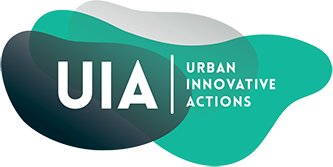Implementing and testing unproven solutions through a genuine participative approach implies a high degree of risk for urban authorities. However, administrations in general and civil servants in particular operate in an environment where the level of risk aversion is traditionally high. A positive and committed leadership is therefore a key pre-requisite for municipal led innovation. Political and administrative (senior management) leadership can lower the aversion to risk by providing a strong vision and legitimisation but also by creating a professional environment where civil servants can be more inclined, motivated and rewarded to be innovative, to use their discretion, to work differently with local actors, etc. Positive leadership is also a guarantee for local stakeholders that by working with urban authorities on innovative projects, part of the risk is shared. Therefore leading to the following questions:
- How to secure this type of leadership?
- What does leadership mean in an innovative project?
- How does it work down all the chains of levels?
- What are the characteristics of positive leadership for innovation?
- Is the top-level political leadership (mayor) enough? Or should urban authorities look for a more “diffused” form of leadership?
- How to keep leaders enthusiastic about the project?
- How to manage changes in the political and senior management leadership over the implementation process?
